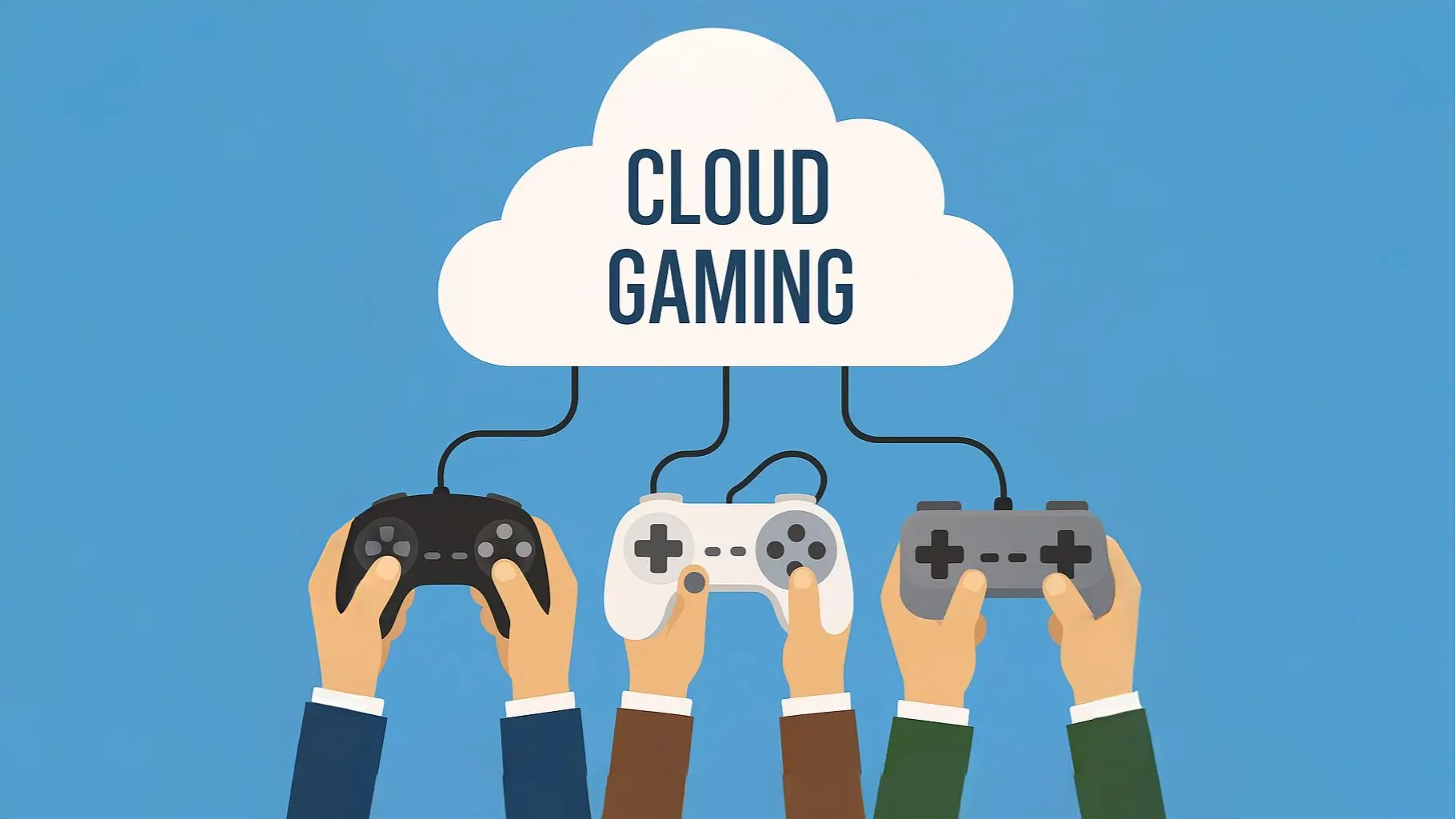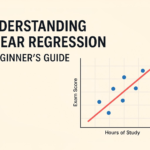Physical Address
304 North Cardinal St.
Dorchester Center, MA 02124

Discover how cloud gaming development is revolutionizing the industry with cross-platform solutions, AI integration, and accessible tools for developers of all sizes.
Cloud Gaming Development is transforming how we create, distribute, and experience games in today’s digital world. As someone who’s been following this technology closely, I’m excited to share how cloud platforms are reshaping game development practices and opening new possibilities for players and developers alike. Whether you’re a seasoned developer or just curious about the future of gaming, this comprehensive guide will walk you through everything you need to know about this revolutionary approach to game creation and delivery.
Table of Contents
ToggleCloud gaming development refers to creating games that are hosted on remote servers and streamed directly to players’ devices. Unlike traditional games that run locally on consoles or PCs, cloud games process all the heavy computational work in data centers, sending only the visual output to players’ screens.
“Cloud gaming eliminates local hardware limitations by shifting processing power to remote servers,” explains cloud gaming expert Sarah Chen from 300Mind Studio. “This fundamental shift is changing not just how games are played, but how they’re built from the ground up.”
The technology behind cloud gaming includes specialized Cloud Game Engines, streaming protocols like WebRTC and RTMP, and robust cloud infrastructure provided by major tech companies.
When developing for cloud platforms, designers must consider several unique factors:
“The design philosophy shifts dramatically,” I’ve noticed while researching various cloud gaming platforms. “Developers must think about network conditions and streaming quality as core design elements, not afterthoughts.”
This impacts everything from visual effects choices to input handling systems. Cloud games typically feature designs that are more tolerant of slight input delays while still delivering responsive gameplay.
Several major platforms dominate the cloud gaming development landscape:
| Platform | Key Features | Best For |
|---|---|---|
| AWS | GameLift, scalable servers, global reach | Large multiplayer games |
| Microsoft Azure PlayFab | LiveOps tools, analytics, matchmaking | Service-based games |
| Google Cloud | Game servers, AI tools, YouTube integration | Games with social features |
The AWS Cloud Game Development Toolkit provides Terraform modules specifically designed for game infrastructure deployment, making it accessible even for smaller teams.
“We’re seeing indies leverage these enterprise-level tools more than ever before,” says cloud architect Miguel Rodriguez. “The barrier to entry has dropped significantly in the past two years.”
The technological foundation of cloud gaming includes:
Unity’s Cloud Build service integrates particularly well with cloud gaming frameworks, automating the build process and deployment pipeline. This streamlines the development workflow, especially for teams working remotely.
One of the most exciting aspects of cloud gaming is how it’s opening doors for independent developers. Without the need to optimize for specific hardware, smaller teams can focus on creativity and gameplay innovation.
“I was able to create a visually stunning game that would normally require a high-end PC, but now anyone can play it on their phone,” shares indie developer Jamie Wong. “Cloud platforms have leveled the playing field.”
Free and affordable resources for indie developers include:
Perforce offers valuable insights for indie developers looking to leverage cloud resources effectively.
Despite its benefits, cloud gaming development faces several significant challenges:
“The biggest mistake I see developers make is not designing their games with these limitations in mind from the start,” I’ve observed after speaking with several cloud gaming teams. Successful cloud games incorporate clever design decisions that minimize the impact of these challenges.
Multiplayer gaming benefits tremendously from cloud architecture. With centralized server processing, developers can create:
“Cloud infrastructure has made creating massively multiplayer experiences more accessible than ever,” notes online gaming researcher Dr. Aisha Johnson from Innovecs Games.
Artificial intelligence is becoming increasingly important in cloud gaming development. Cloud platforms offer powerful AI tools that can:
NVIDIA’s GeForce NOW platform demonstrates how AI can be used to predict player actions and pre-render frames to reduce perceived latency, showing the potential for intelligent systems to improve the cloud gaming experience.
Looking ahead, several emerging trends will shape the future of cloud gaming development:
“The convergence of these technologies will create entirely new categories of interactive entertainment,” predicts gaming futurist Elena Petrova. “We’re just seeing the beginning of what’s possible.”
For developers interested in exploring cloud gaming, here’s a simple path to get started:
“Start small and iterate quickly,” I recommend to anyone curious about cloud development. “The technology is evolving rapidly, so practical experience is more valuable than extensive planning.”
Cloud gaming development represents a fundamental shift in how games are created, distributed, and experienced. By eliminating hardware limitations, enabling cross-platform play, and opening new creative possibilities, cloud technology is democratizing game development while expanding the potential audience.
Whether you’re a developer looking to leverage these powerful tools or a player excited about the future of gaming, cloud technology promises to continue revolutionizing this dynamic industry.

Subscribe to our weekly newsletter below and never miss the latest product or an exclusive offer.




